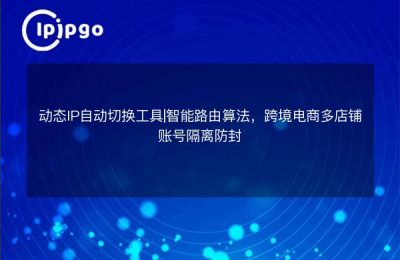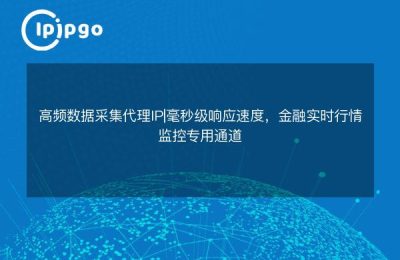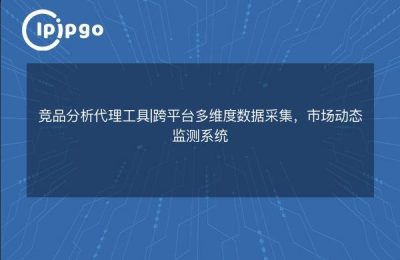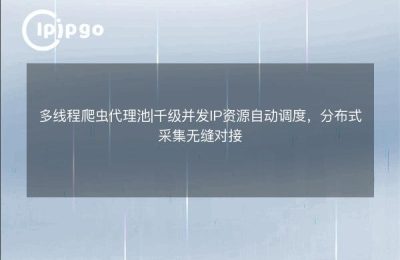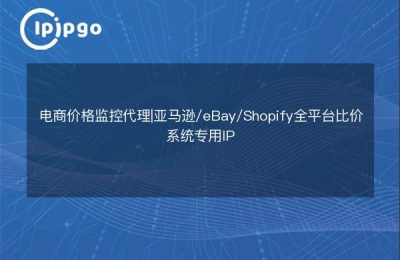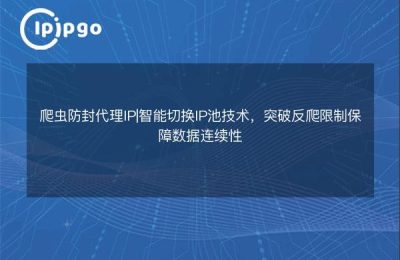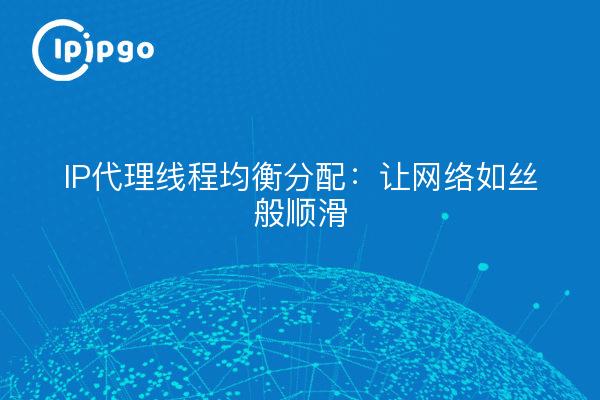
In the world of the Internet, speed and stability are the ultimate goals we pursue. Have you ever encountered network lag and slow access to websites? Don't worry, today we are going to talk about an amazing technology - IP Proxy Thread Equalization Distribution. With this technology, we can make the network as smooth as silk and enjoy the pleasure of high-speed Internet access.
What is an IP Proxy?
An IP proxy, in simple terms, is an intermediary server inserted between you and the target website. This intermediary server sends requests to the target website instead of you and returns the website's response to you. In this way, your real IP address is not exposed on the network, protecting your privacy.
For example, suppose you are a detective and you need to investigate a certain target without revealing your identity. You can hire an intermediary (i.e., a proxy server) to snoop around instead of you, and then feed the information back to you. In this way, your identity will not be discovered by the target.
The Mystery of Balanced Thread Allocation
Now that we understand the basic concepts of IP proxies, it's time to move on to the main event of the day - thread balanced distribution. Thread balanced distribution, as the name suggests, is the reasonable distribution of multiple threads of tasks to different IP proxies to achieve the effect of load balancing.
Imagine you have a basketball team where every player needs to dribble, pass and shoot at the same time. If all the players are crammed into one court, they will not only interfere with each other, but also lead to inefficiency. A balanced distribution of threads is like assigning each player a separate court to play on without interfering with each other.
Methods to achieve balanced distribution of IP proxy threads
To achieve a balanced distribution of IP proxy threads, we need the following steps:
- Choose the right IP proxy service: There are many IP proxy service providers in the market, we need to choose a stable and reliable one.
- Configure Proxy Pool: Add multiple IP proxy addresses to the proxy pool for subsequent calls.
- Implement the thread balancing algorithm: by writing code to assign different thread tasks to different IP proxies in the proxy pool.
One of the most crucial step is to implement thread equalization algorithms. Common equalization algorithms include polling algorithm, random algorithm, and least-connected algorithm. The polling algorithm assigns tasks to each IP agent in the agent pool in turn; the random algorithm selects an IP agent at random for task assignment; and the least-connected algorithm selects the IP agent with the smallest current load for task assignment.
Practical application scenarios
There are many scenarios in which IP proxy thread equalization allocation is used in practice. For example:
- Web crawler: Web crawler needs a large number of concurrent requests, through the IP proxy thread balanced allocation, you can avoid being blocked by the target website and improve crawling efficiency.
- Data crawling: When performing large-scale data crawling, crawling speed and stability can be ensured by balanced distribution.
- Load balancing: In high concurrent access scenarios, the response speed and stability of the system can be improved by balanced distribution.
Challenges and solutions
Despite the many advantages of balanced distribution of IP proxy threads, there are some challenges in practice. For example, the stability and speed of proxy IPs may affect the overall results. In addition, different equalization algorithms may perform differently in different scenarios.
To address these issues, we can take the following steps:
- Regularly check the availability of proxy IPs, and eliminate invalid IPs in time.
- Select the appropriate equalization algorithm according to the actual needs, and combine multiple algorithms if necessary.
- Optimize the code to improve the efficiency of thread allocation.
concluding remarks
Overall, IP proxy thread balancing allocation is a very practical technique that can help us maintain network stability and speed in high concurrency scenarios. By reasonably choosing proxy services, configuring proxy pools and implementing efficient equalization algorithms, we can make the network as smooth as silk and enjoy the pleasure of high-speed Internet access.
I hope this article has given you a better understanding of IP proxy thread equalization allocation. If you have any questions or ideas, feel free to leave them in the comments section and we'll discuss them together!

